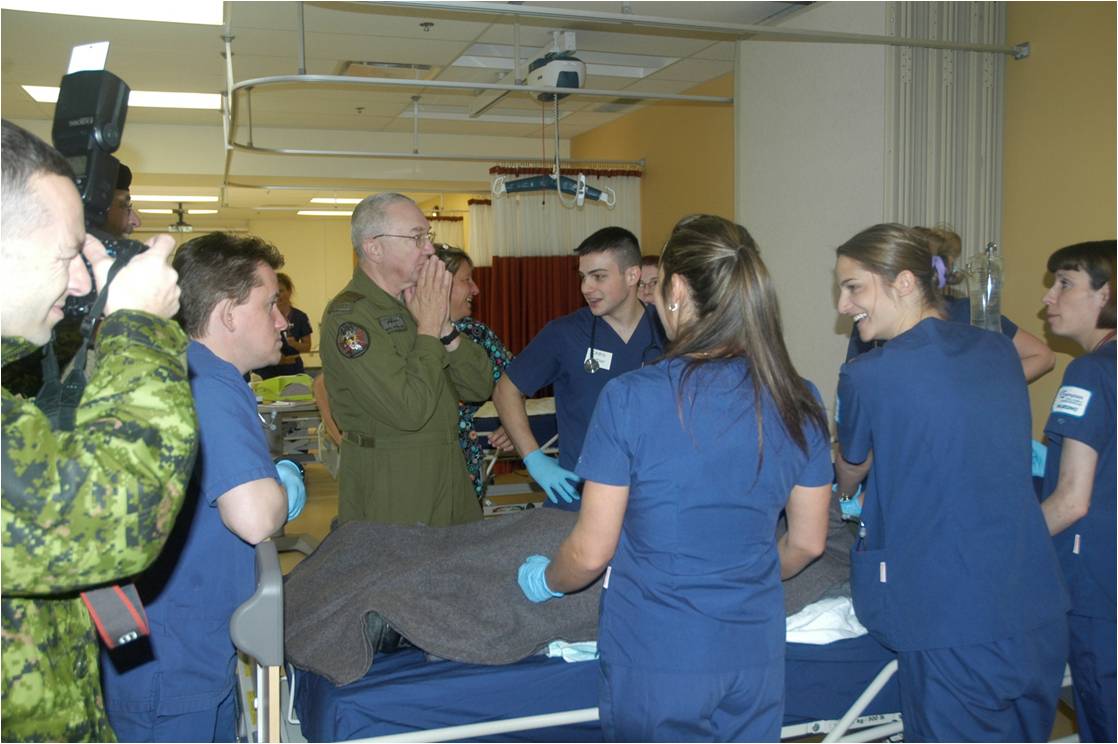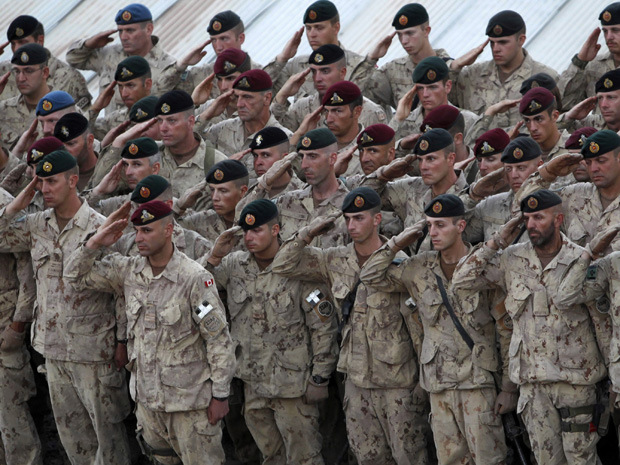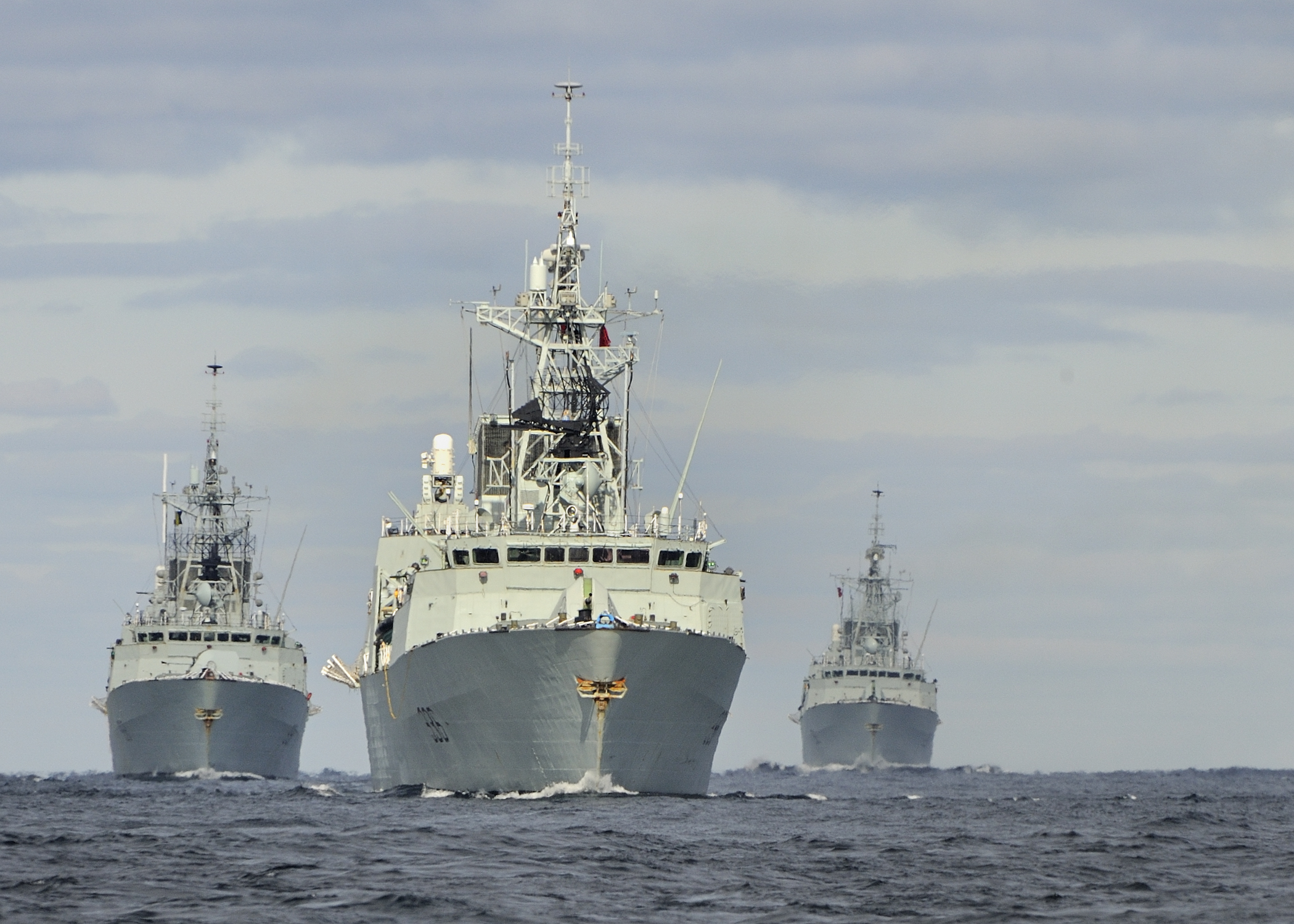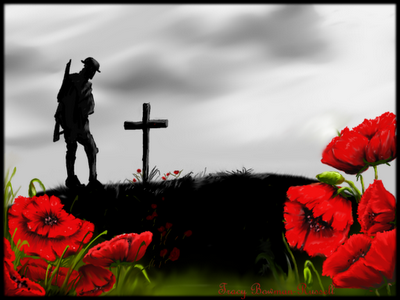The June flooding in Alberta was a potent reminder of the importance of mutual assistance between local communities and the Canadian Forces Reserves in aiding those affected by catastrophes at home. Disasters like this have demonstrated the need for the Canadian reserves to train with non-military men and women, especially in caring for victims of disasters. With this kind of scenario in mind, joint military-civilian training, such as that which took place in Lennoxville, Quebec in late 2012, can prove to be highly effective in aiding victims of potential disasters.
[captionpix align=”right” theme=”elegant” width=”300″ imgsrc=”http://natoassociation.ca/wp-content/uploads/2013/08/Disaster2.jpg” captiontext=””]
From the 12th to the 14th of October 2012, a total of 183 military personnel from the Canadian Reserves and part-time soldiers from Eastern Canada collaborated with nursing students and faculty members from Champlain College – Lennoxville to participate in a training exercise focused on caring for multiple casualties requiring evaluation and initial care in emergency-disaster situations. Known as ‘Médé Trotteur’, the exercise had been in the works since fall 2011, and was prefaced with a preparatory simulated ‘Military Exercise without Troops’ on September 15th 2012. The actual exercise in October included twenty-eight third year nursing students and twelve faculty members split into two groups who provided care to casualties over two 9-hour shifts of the day. However, what made the ‘Médé Trotteur’ exercise unique was that it was not only one of the largest medical reserve exercises in years, but it brought together troops from various Field Ambulance units in Ontario and Quebec to work and function together with ‘civilian’ nursing students, thereby making it a highly interactive simulation.
The exercise made it possible for military field ambulance units to practice triage and evacuation by air, land and water with support from other units of the Canadian Forces. As such, the exercise included practicing the loading and unloading of patients by using CH-146 Griffon helicopters, Zodiac boats, Virtual Task Trainers, standard box ambulances, and Bison armored ambulances. The exercise further benefited from the assistance of Major Marc Dauphin, the Regional Surgeon for Quebec, who was an emergency room physician in Kandahar, Afghanistan in the main hospital when the numbers of casualties in Afghanistan was at its peak. Major Dauphin has also been recognized for his involvement as a technical adviser for the Canadian-British medical drama television series, Combat Hospital.
[captionpix align=”left” theme=”elegant” width=”325″ imgsrc=”http://natoassociation.ca/wp-content/uploads/2013/08/Disaster3.png” captiontext=”Capt. (Navy) R. Young Commandant of the 4th Health Services Group (left) and campus director for Champlain College, Lennoxville Paul Kaeser.”]
The mission was monitored by the 4th Health Services Group, a formation of the Canadian Forces within the Military Personnel Command reporting to the Chief of Military Personnel. It includes both the Canadian Forces Medical Service and the Dental Branch (Canadian Forces), which fulfils all military health system functions from education and clinical services to research and public health.
Lt. Col. Jacques Girard, commanding officer of the 52 Field Ambulance Unit of Sherbrooke, was responsible for the exercise, and Paul Kaeser, the Campus Director for Champlain College Lennoxville, who was highly involved in the planning phase and assisted at departmental meetings to guide the process, emphasized the positive outcomes of the exercise. The Nursing Department of the College fulfilled the role of the ‘Receiving Ward’ for disaster casualties where nursing students worked directly with military personnel. Although the military did not answer directly to civilian authorities, a strong link was maintained between the two groups.
The benefits of the military exercise were overwhelmingly positive to the participants of the exercise, particularly the nursing students. It was noted that the ‘Military Disaster’ context not only helped develop leadership in students, but their critical thinking skills were constantly put into practice thanks to the high degree of authenticity in the simulation scenarios. This sort of ‘true-to-life’ and high intensity simulation aided in ‘modeling’ pedagogical strategies, based around multiple learning contexts which included drowning, complex fractures, eviscerations, and so on.
Given the success of ‘Médé Trotteur’ and the level to which these kinds of simulations are able to prepare both the medical divisions of the military and civilian personnel in the face of disasters, it can only be stated that these sorts of exercises should be encouraged. In fact another simulated exercise of this nature, Operation NANOOK, took place in Whitehorse from the 4th to the 9th of August. As with last year’s exercise, Operation NANOOK will further strengthen military-civilian disaster readiness in Canada.




